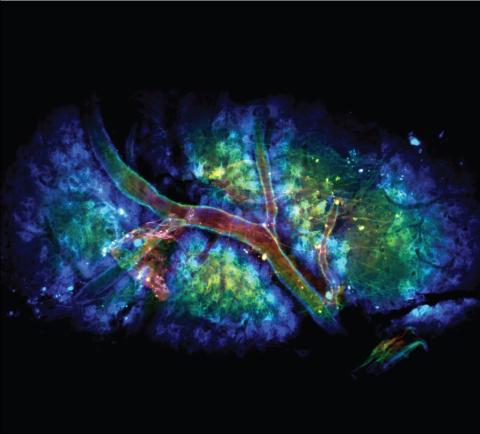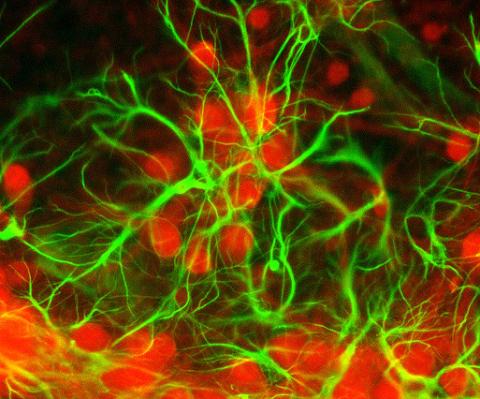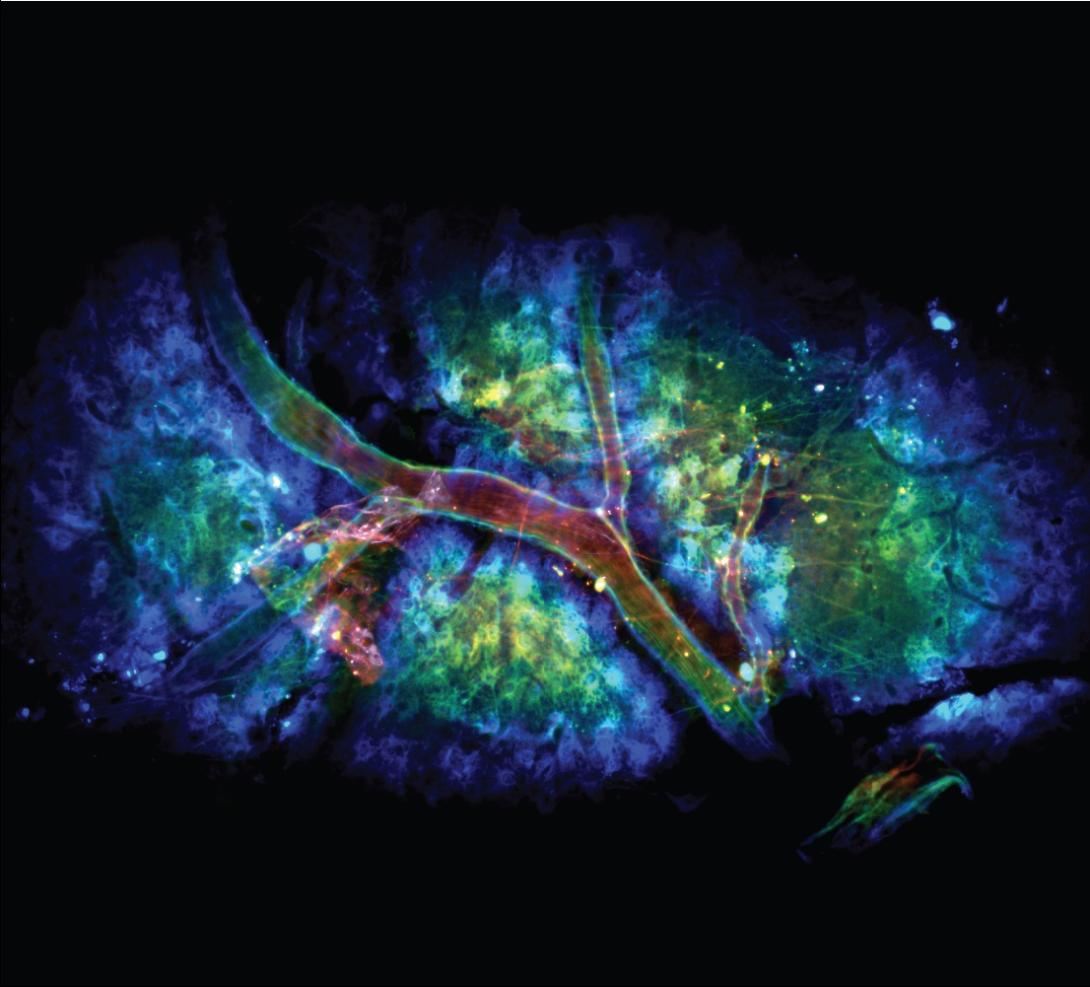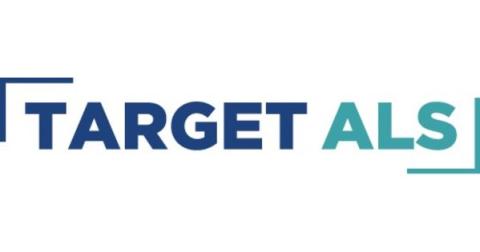Key details
The identity and function of astrocytes at brain borders
Astrocytes are support cells in the human brain. They keep neighbouring brain cells alive throughout the life span of an individual. In the last decade or so, we have learned that the function, morphology and gene expression of astrocytes can differ drastically across brain regions and around important structures within the brain. Scientists now believe they specialise to fulfill local roles, for example, at the blood brain barrier and other border structures in the brain, such as the surface and ventricles of the brain.
Dysfunction of these critical points of entry into the brain can have detrimental consequences on brain health, as is the case in many neurodegenerative diseases. The Hasel Lab studies the identity and function of astrocyte subtypes at brain borders and their contribution to neurodegeneration using sequencing technologies, genetic manipulations and imaging.
Latest news


Dr Philip Hasel
Dr Philip Hasel is a Group Leader at the UK DRI at Edinburgh. Find out more about his career and expertise on his profile page.

Research summary

Astrocytes on the brain surface. Credit: Melissa Cooper
The role of astrocyte subtypes in neurodegeneration
Astrocytes play critical support functions in the central nervous system (CNS). They adjust their function, morphology and molecular make up to circuits and anatomical domains. One of these domains is the glia limitans, the outer most border of the CNS that is occupied by highly specialized subtypes of astrocytes. Scientists think that the function of these border astrocytes is critical in maintaining brain homeostasis and that their reactivity or dysfunction can have detrimental consequences on brain health and contribute to neuroinflammation and neurodegeneration. The Hasel Lab identifies, characterizes and manipulates specialized astrocytes at brain borders to better understand their role in disease. The team uses a combination of single cell and spatial genomics on mouse and human brain tissue, imaging and genetic manipulations of astrocyte subtypes to address the following aims:
- Identify and profile astrocyte subtypes that make up brain borders, including astrocyte subtypes making up the glia lmitans superficialis and perivacularis
- Create tools to genetically access and manipulate border astrocytes to understand their function in brain homeostasis
- Understand how border astrocytes change in the brains of mouse models of neurodegeneration and human postmortem tissue of patients
- Modify how border astrocytes respond in neurodegeneration and neuroinflammation to improve brain health
Key publications
Vacancies
Lab members
- Ellie Lewis (Research Assistant)
Collaborators


Lab funders
Thank you to all those who support the Hasel Lab!


